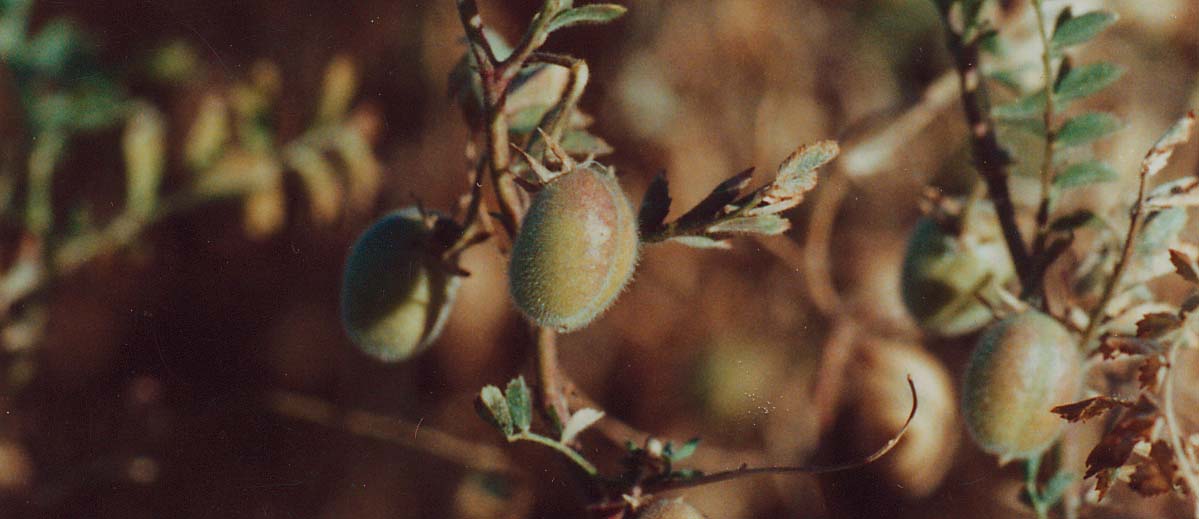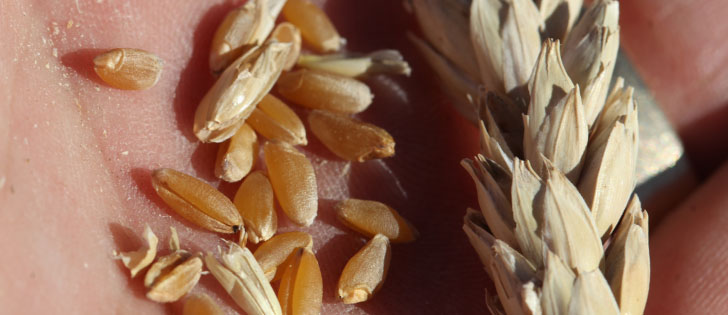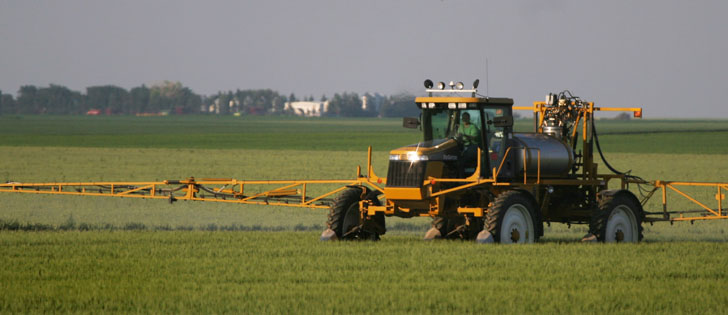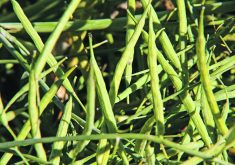The farm in a toddler’s storybook has a few chickens, cattle and sheep, rolling green fields and a garden.
For many city folks, this is the vision of the ideal farm, the place they think their food comes from, if they think of it at all beyond the grocery store shelf.
But in agriculture, we know that much of the mainstream food supply does not come from this idyllic sort of farm.
Much of our meat, for instance, comes from intensive livestock operations, or is finished in a high intensity facility. This is the vision of efficiency, high volume and low cost.
Read Also
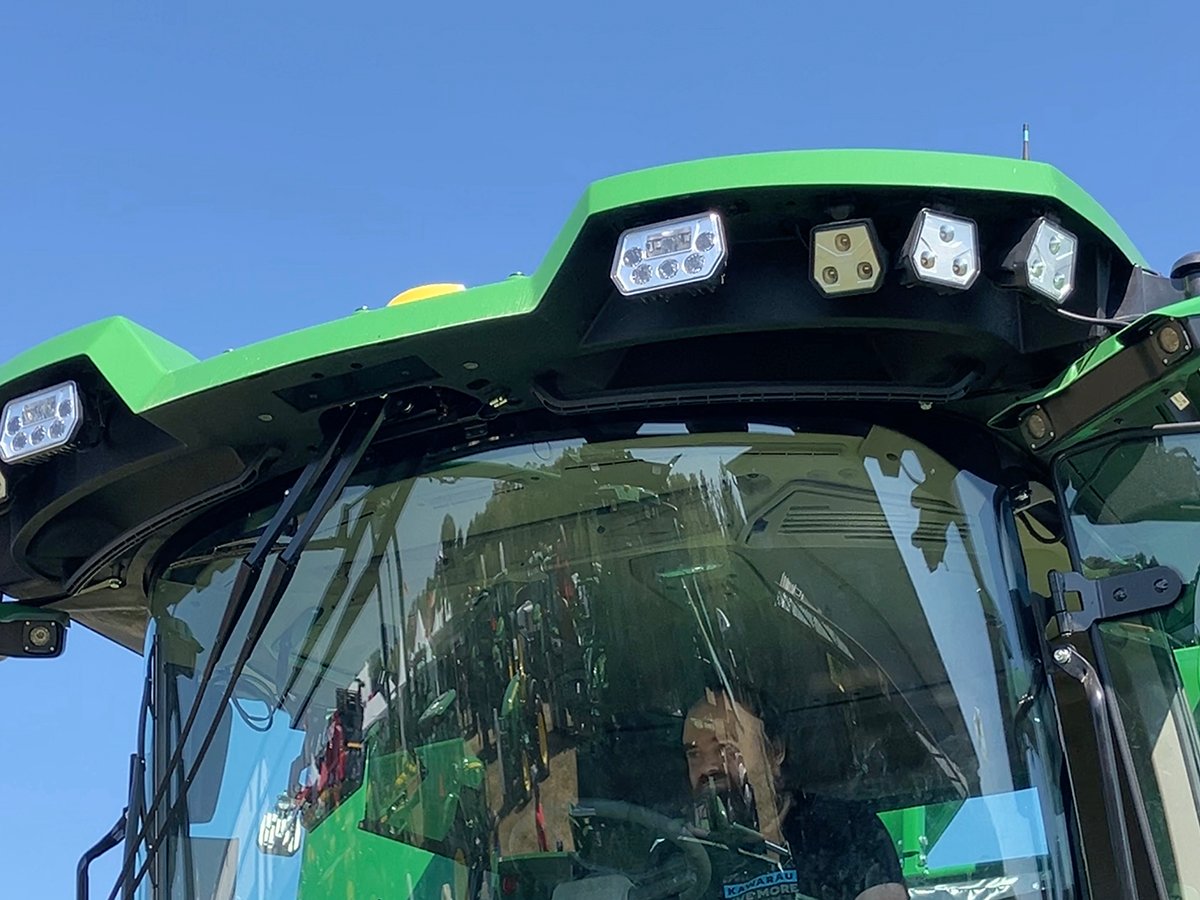
VIDEO: What tech makes your combine tick during harvest season?
Greg Berg with Glacier FarmMedia speaks with product specialists with Case IH, New Holland and John Deere about harvest technology features on their combines at Canada’s Outdoor Farm Show.
Which model we choose, and how we build our vision of the farm, will play a key role in determining food safety in the future. Contamination events are already pointing to problems.
Cattle manure is suspected as the problem in the European E. coli outbreak found on sprouts because it is the usual source of E. coli contamination.
The actual contamination has been hard to track back to a source. Management on the identified farm seems to have been exemplary and did not involve any sources of manure in the growing of the seeds or the production of sprouts.
Recently, Bernard St-Laurent, guest host of the radio showThe Currenton CBC, spoke about this with Sylvain Charlebois, a member of the Canadian Food Inspection Agency’s national expert advisory board.
Charlebois said the problem is we are not adequately separating animal agriculture and plant agriculture. Infected animals carry microorganisms, even if they do not appear to be sick.
He said animals are contaminating the agricultural environment and thus our vegetables.
Charlebois pointed to the use of animal byproducts in animal feed as part of the problem, saying we continue to input these pathogens from recycled animal waste ingredients into feed and as a result constantly contaminate our animals.
The problem is getting worse, he added.
Charlebois suggested that plant agriculture needs to be distanced from this contaminated environment. That certainly makes sense, but is it our best long-term strategy?
Another option might be to reduce the contamination at the source, in the animals themselves. Management issues routinely occur in intensive livestock situations and feedlots:
• Feeding animal byproducts to herbivores perpetuates any problems by passing them from one infected animal to a larger group. Canada banned most protein including specified risk materials from cattle feed in 1997 and banned all SRM material from all animal feed, pet food and fertilizer in 2007.
• Intensive livestock operations can intensify problems. Diseases spread in close quarters.
• Living in close quarters is stressful. Stress reduces disease resistance.
• Diets composed mostly of grain are a problem for ruminants such as cattle, which have evolved to eat grass. Acid levels build up in the rumen, which promotes growth of E. coli.
• Antibiotics, if routinely given to animals, interfere with the normal healthy bacterial communities in the animal’s gut. Harmful antibiotic resistant bacteria then have less competition and are able to increase without the normal checks and balances.
The contaminated environment is not the result of raising animals but of raising them in an intensive, industrial model that produces concentrated amounts of contaminated manure.
The solution is not to isolate these contamination zones.
In ecological terms, no place is fully isolated. Contamination will spread, probably through wind and water. The larger the contamination zone, the further and the more likely it is spread.
An alternative is to raise animals less intensively.
Cattle are particularly well suited to grazing grass. Some land is best suited to growing grass, grass that we ourselves are not suited to eat.
Grass-fed cattle are said to be healthier according to some studies, and their meat is said by some to be healthier. Cattle manure, when applied lightly to the land, can be absorbed ecologically within the plant-animal system.
Including livestock on a grain farm offers benefits on the grain side of the business.
Cattle can graze the stubble, reducing volunteers and weeds. Weed patches in the grain can be cut for green feed. Lower quality grain can be fed sparingly to cattle.
Properly composted or sparingly applied manure can be an important nutrient source, especially high in phosphorus.
Combining plant and animal agriculture can be a win-win situation.
Cattle raised in an ecologic system, such as one based on organic standards, can promote health: healthy soil, healthy plants, healthy animals, healthy people.
The industrial model has significant problems that need to be addressed as a matter of food safety.
Perhaps livestock sprinkled across a multitude of family farms is a safer model of food production than animals segregated from plant agriculture in intensive factory farms.
Perhaps we are drawn to the storybook farm in much the same way we are drawn to parks and other environmental spaces. We sense the rightness of functioning ecological systems.
ORGANIC EVENTS:
July 8:Organic beef on farm finishing and carcass evaluation seminar. Becky Lipton, 780-271-1116 or becky. lipton@organicalberta.org.
July 16:Alberta Organic Producers Association, Lamont, Alta. Kathy Petterson, 780-939-5808 or aopa@cruzinternet.com.
July 21:Organic Field Day held jointly by the Semiarid Prairie Agriculture Research Centre, Swift Current, Sask., and OCIA Sask. Chapter 8. Shannon Chant, 306-778-8291, or Shannon.chant@gov.sk.ca.
July 23:OCIA SK Chapter 4, Moose Jaw, Sask., area.
Robyn Hamann, 306-781-4701, or
lrhamann@yourlink.ca . July 27:Organic Alberta oat field tour and discussion.
Sam Godwin, 780-785-9023
July 28:OCIA SK Chapter 5, Birch Hills, Sask. Carol Lowndes, 306-327-4753 or jclowndes@xplorenet.com.
July 28:Agriculture Canada field day at Lacombe, Alta. Not specifically organic. Loree Verquin, 403-782-8114 or loree.verquin@agr.gc.ca.
July 29:Mackenzie Applied Research Association, Fort Vermillion, Alta. Not specifically organic. Nasar Iqbal, 780-927-3776 or mara3@telus.net .
Brenda Frick, Ph. D., P. Ag. is an extension agrologist and researcher in organic agriculture. She welcomes your comments at 306-260-0663 or email



